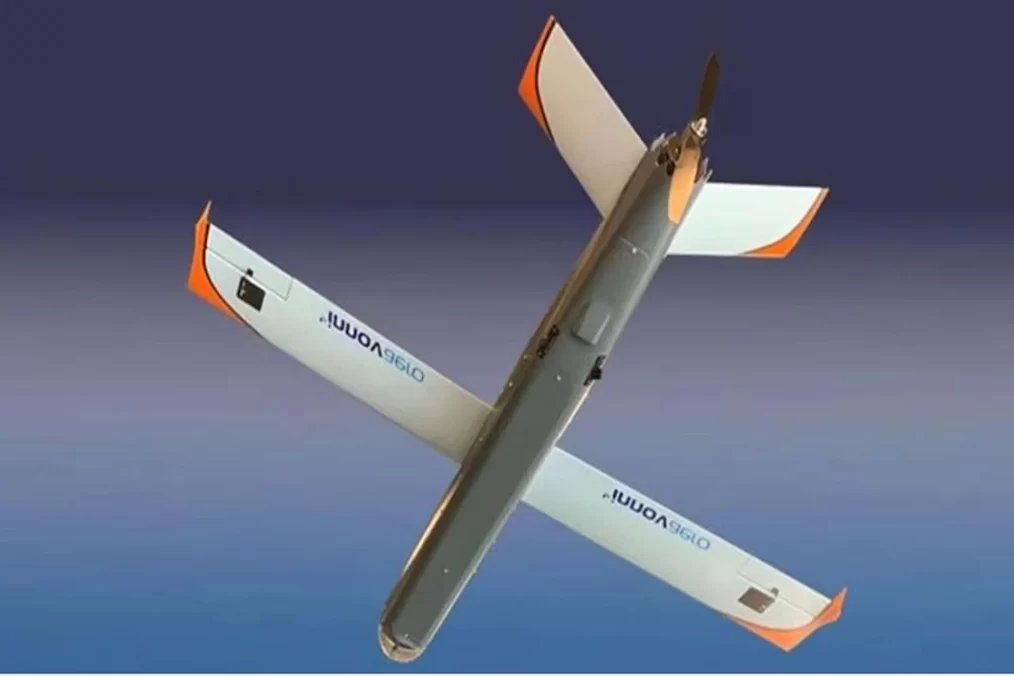
Australian army long range loitering munition
Innovaero Next-Gen “Owl” Loitering Munition (Picture source: Innovaero)
The Australian Army is preparing to deploy the “Owl” loitering munition, an advanced electric-powered drone, by the end of this year. This drone, capable of covering nearly 200 kilometres or loitering in the air for 30 minutes with a lethal payload, has been developed by Innovaero, a Western Australia-based company, in collaboration with its subsidiary Boeing Insitu Pacific. The Owl is currently undergoing testing with an unspecified special operations unit of the Australian Army.
The development of the Owl, a one-way loitering munition (OWL), began in 2022. It is designed to integrate with other drones acquired by the Australian Defence Force (ADF). According to a government tender document, Innovaero, which is partly owned by BAE Systems Australia, has secured over $5.3 million in defence contracts since May 2022 for the design, development, building, and testing of this device. The importance of armed drones has been underscored by Russia’s invasion of Ukraine, which has drawn criticism from military experts regarding Australia’s urgency in acquiring such technology.
A Defence spokesperson, while not specifically commenting on Innovaero’s Owl, confirmed that “the loitering munition capability will be introduced this calendar year.” Following the National Defence Strategy and the Integrated Investment Program, the Defence Department continues to test maritime, land, and air platforms with both Australian and foreign suppliers to ensure the ADF can deploy the latest technologies and maximize its advantage. The introduction of loitering munitions across most combat units of the Australian Army will be guided by the outcomes of these trials.
Despite the defence industry’s satisfaction with the progress of Innovaero’s Owl, there are concerns about significant delays in other critical innovation programs due to a lack of funding. A senior official, speaking anonymously, warned that the services have very little funding, preventing them from financing small programs and meeting the long-term needs of ships and aircraft. It seems a decision has been made to prioritize large, expensive, long-term projects, leaving small, inexpensive, and immediate capabilities underfunded.



